While schnauzers come in different sizes, the gray and white variation is most commonly found in the standard size, standing at around 18 inches tall. They are muscular and sturdy, with a square-shaped head and expressive dark eyes. One of their most identifying features is their bushy eyebrows and beards, which serve as a protective layer for their eyes and give them a distinctive appearance.
The gray and white schnauzer is an active and energetic breed that requires regular exercise and mental stimulation. They are highly trainable and excel in obedience training, agility, and tracking. Their intelligence and eagerness to learn make them an excellent companion for families with children and other pets.
While gray and white schnauzers are typically healthy and have a lifespan of around 12-14 years, they can develop specific health issues such as hip dysplasia and eye problems. It’s crucial to regularly take them to the vet for check-ups and maintain a healthy diet and exercise routine.
Overall, the gray and white schnauzer is an excellent choice for families looking for an active and loyal companion. Their unique appearance and loving personality make them a beloved addition to any home.
Found 33 images related to gray and white schnauzer theme


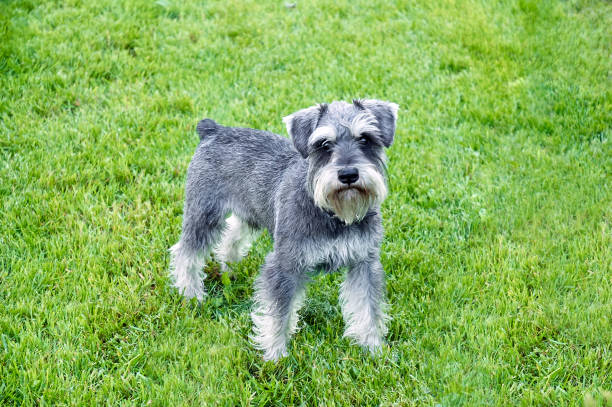
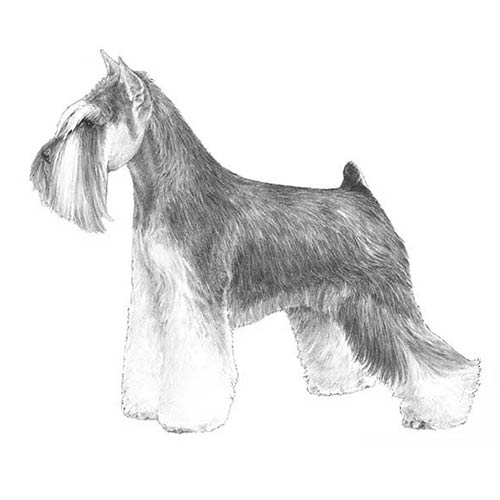
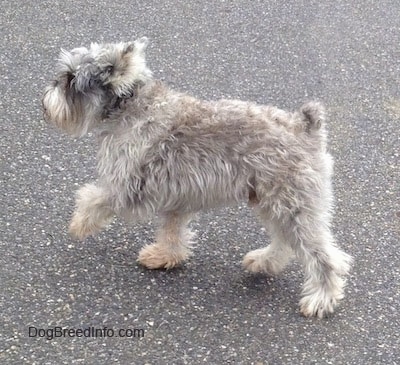
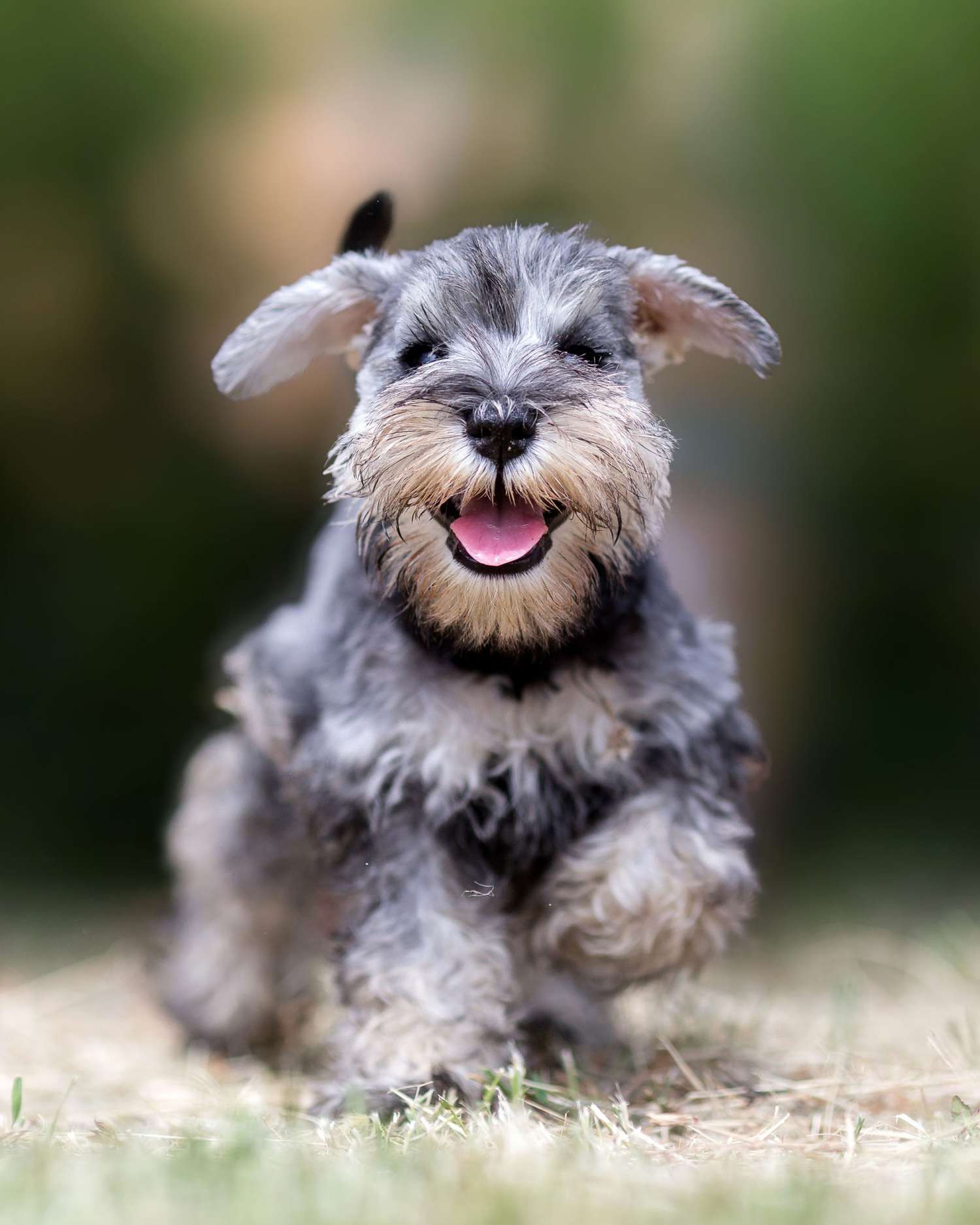


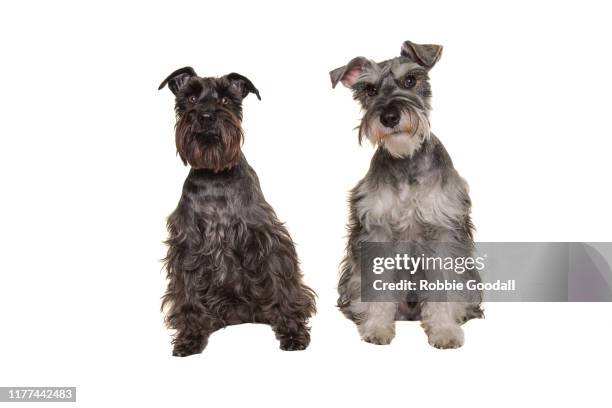




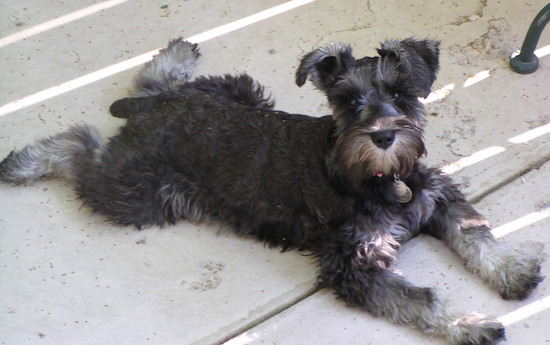

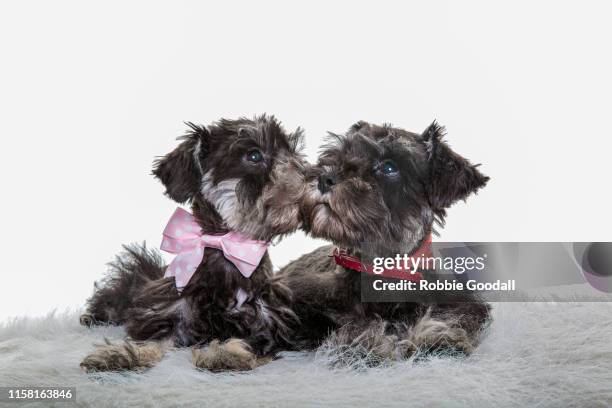



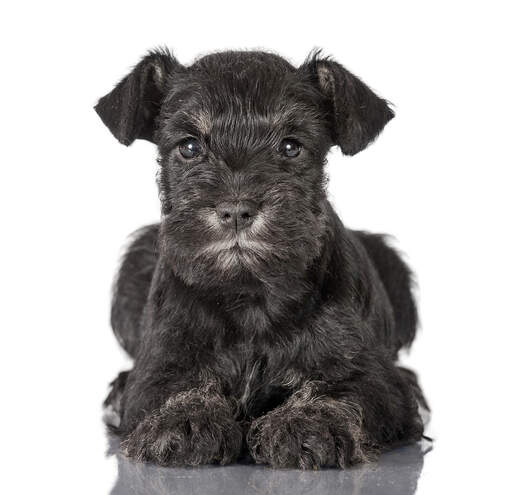



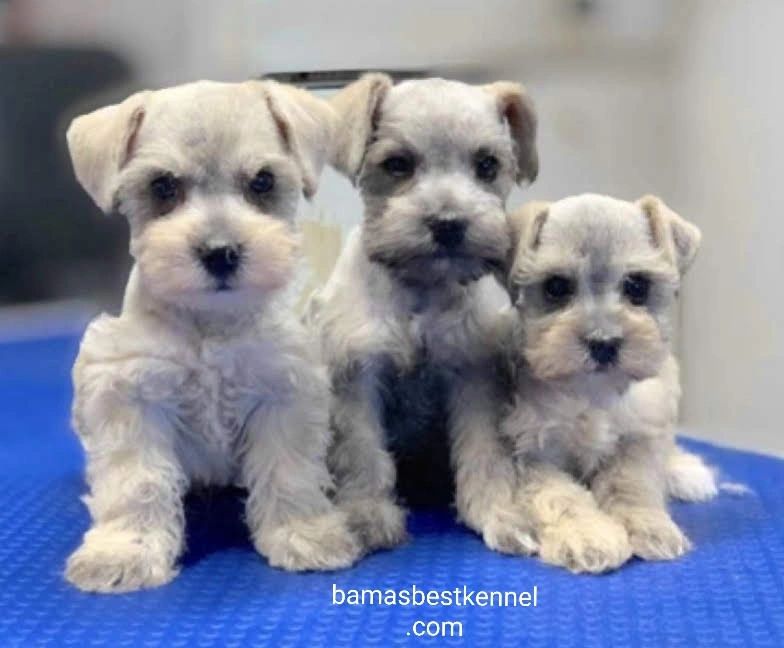



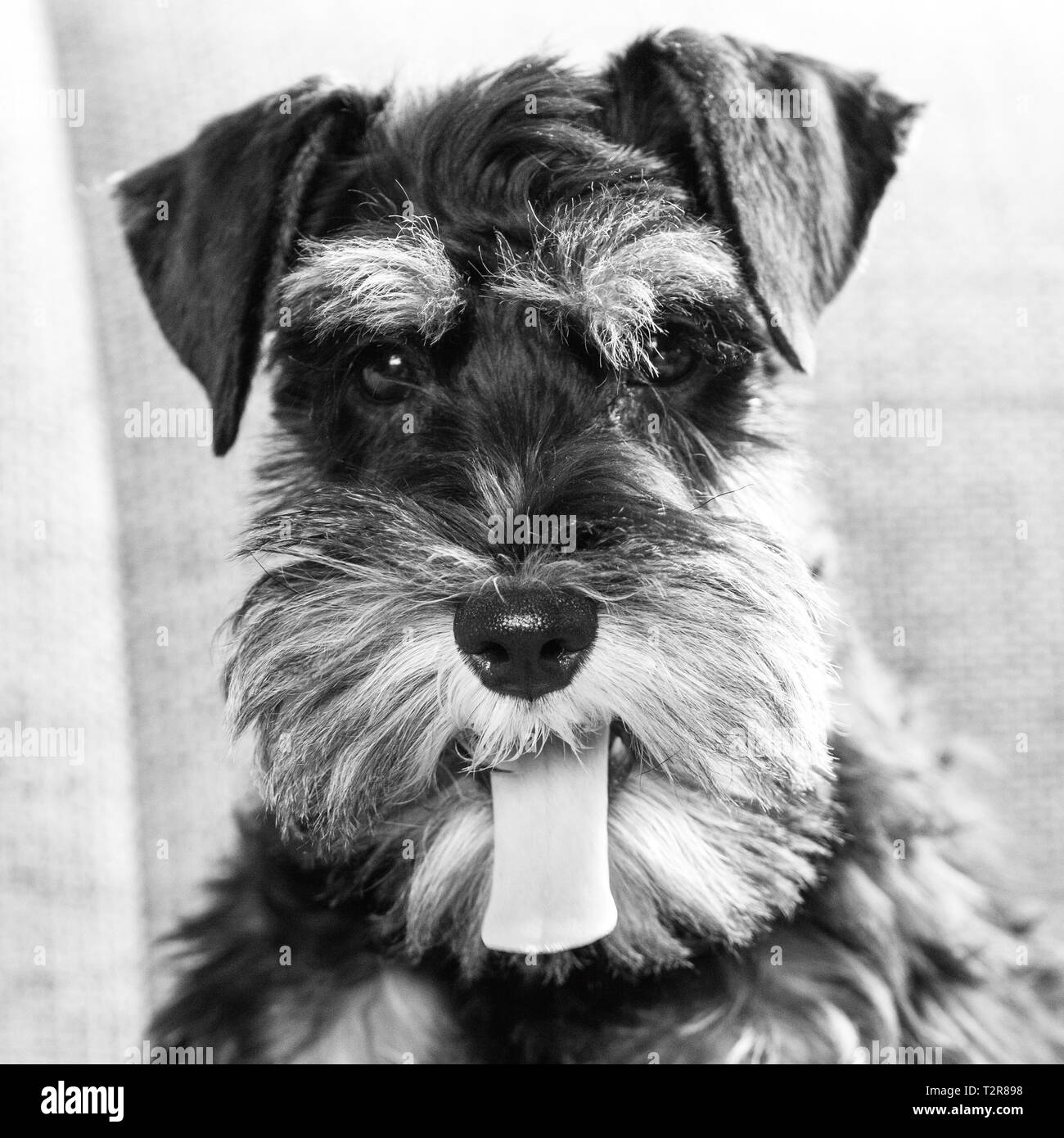
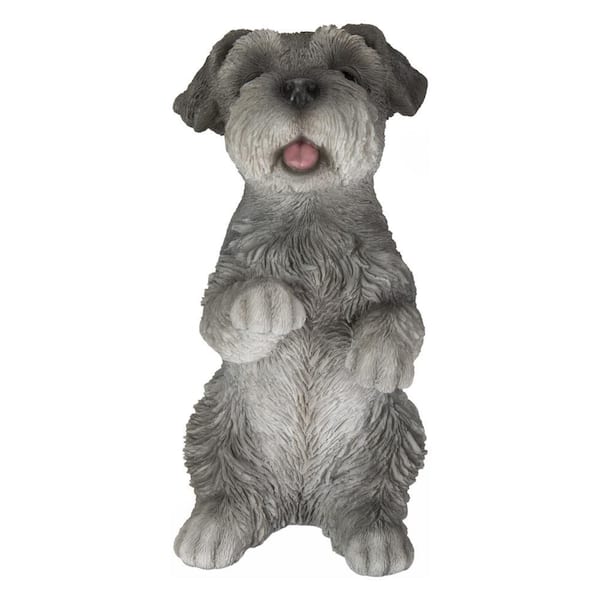


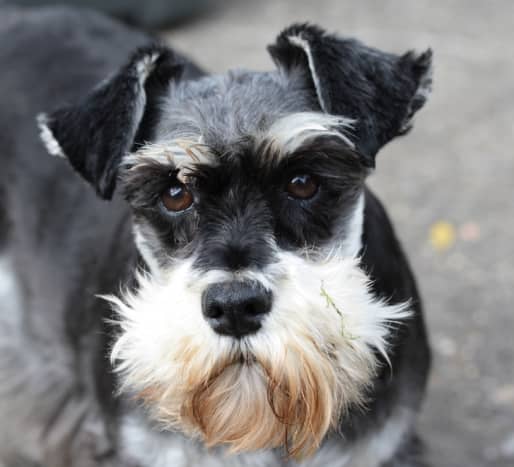





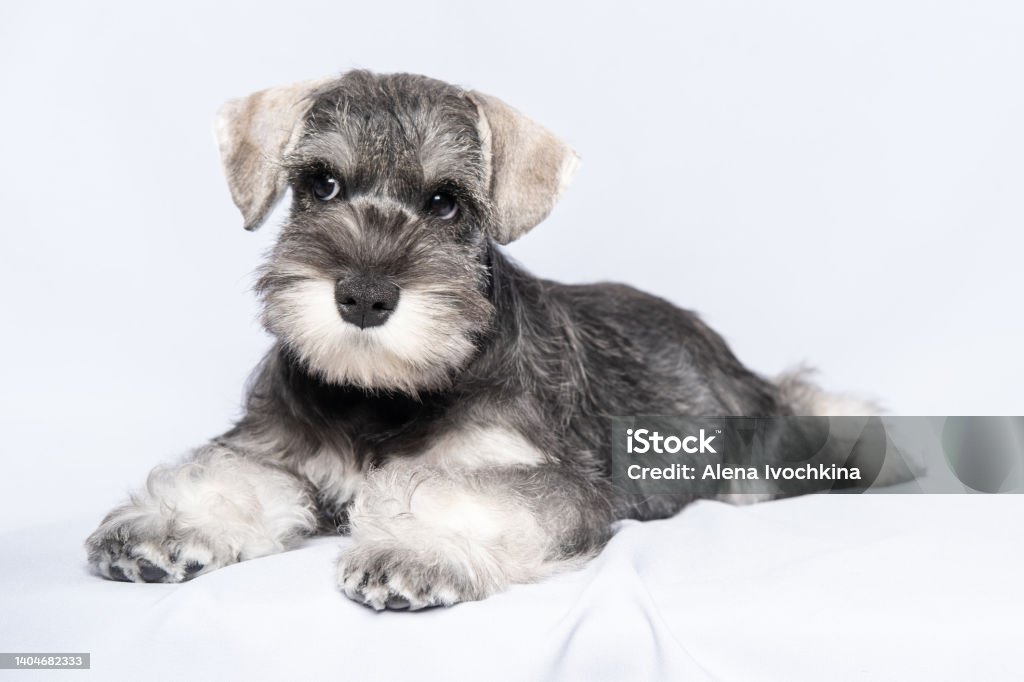


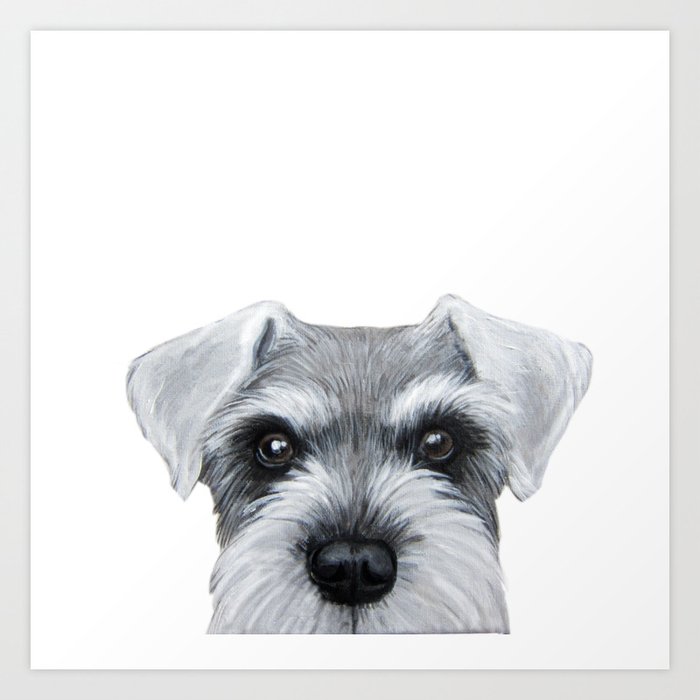
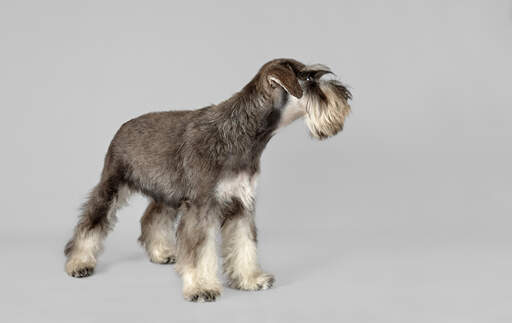
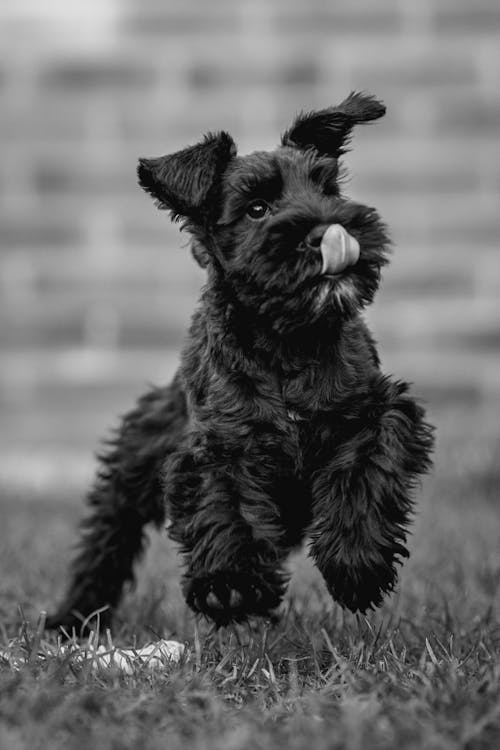
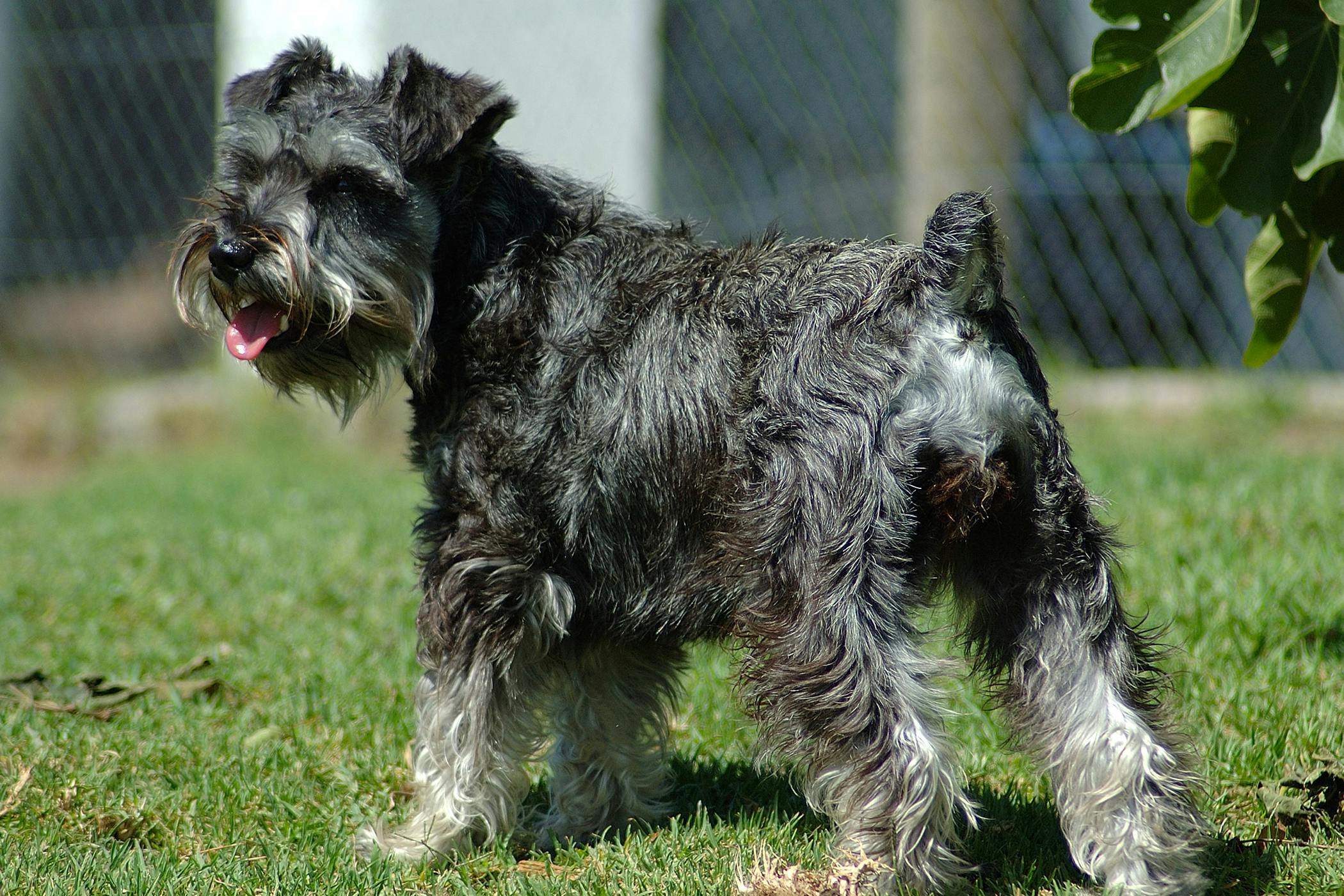
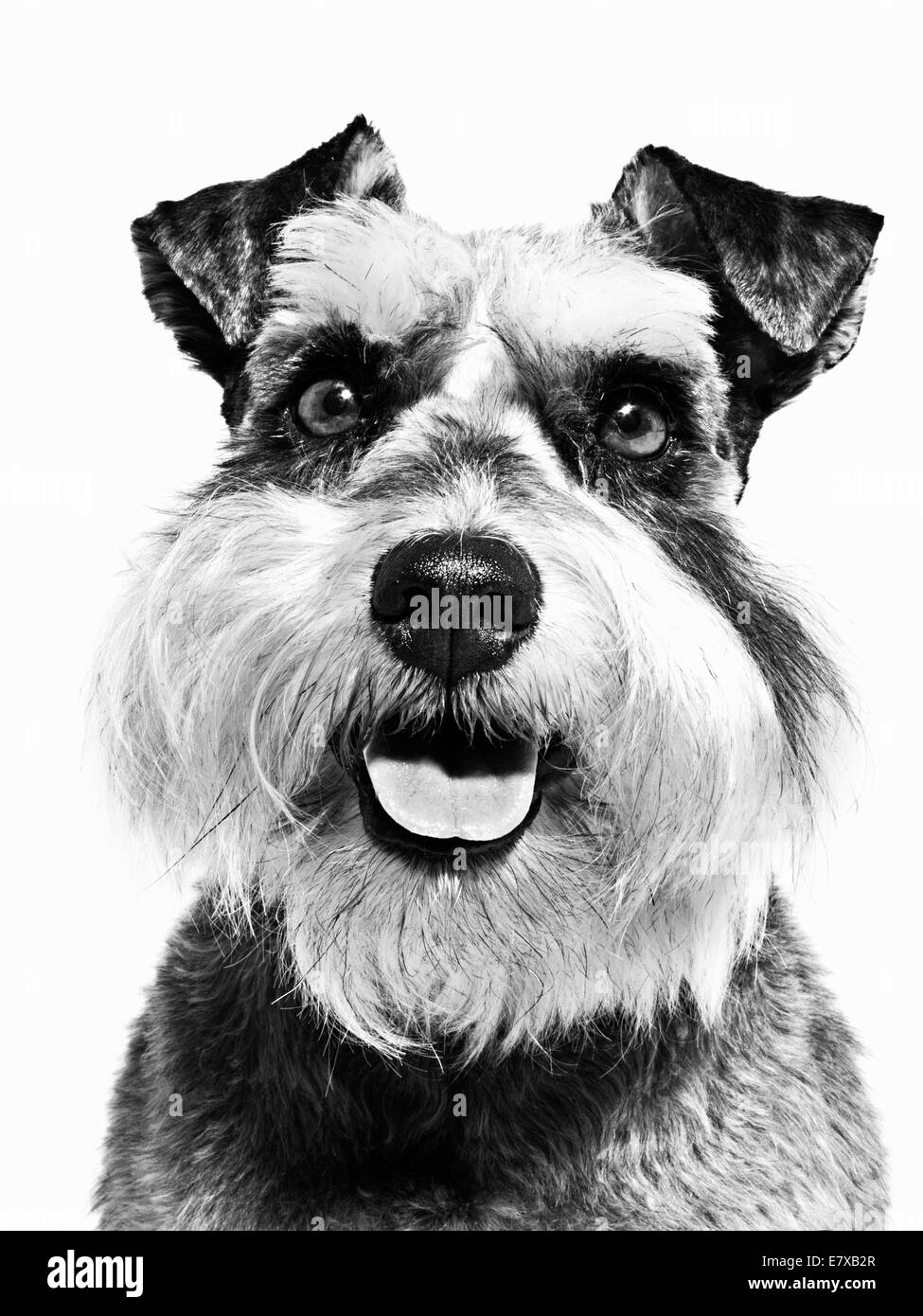





gray and white schnauzer
The gray and white schnauzer is a versatile breed that is highly sought after by dog enthusiasts. Known for their distinctive looks, these small and medium-sized dogs are cherished for their playful and affectionate personalities.
Coat Color and Texture:
One of the main attributes of gray and white schnauzers is their unique coat. They come in two distinct colors: gray and white. The gray color can range from light silver to deep charcoal, while the white coat is bright and stark. Their coat texture is soft, wavy and silky, with a distinctive beard and bushy eyebrows.
Size and Build:
Gray and white schnauzers are solidly built, with a sturdy and muscular physique. On average, they weigh between 30-50 pounds and can reach a height of up to 18 inches. They have a square-shaped head and defined jaws, which give them a fearsome look.
Facial Features and Grooming Needs:
The most distinguishing feature of gray and white schnauzers is their facial hair. They have a long beard, bushy eyebrows, and long hair falling from their ears, giving them a distinct look. Regular grooming is necessary to keep their coat looking pristine. Brushing their coat at least twice a week helps to distribute their natural oils evenly and prevent matting.
Personality Traits and Temperament of Gray and White Schnauzers
Gray and white schnauzers are intelligent and friendly dogs that are wonderfully compliant. They are affectionate and cheerful, with an enthusiastic nature that endears them to families.
Trainability and Adaptability:
These dogs are quick learners that thrive on mental stimulation. Their intelligence makes them easy to train, and they enjoy running and playing games with their owners. They adapt well to apartment living, and as long as they have structured playtime, they can get away with minimal exercise.
Energy Level and Exercise Requirements:
Gray and white schnauzers have moderate energy levels, and they require regular exercise and playtime to keep them healthy and happy. Daily walks or playtime outside keep them energized and stimulated.
Relationship with Family and Other Pets:
Gray and white schnauzers are sociable dogs that naturally bond with their family. They are loyal to their owners, and they get along well with children and other pets. Additionally, they’re known to be excellent watchdogs, alerting their families whenever necessary.
Health Concerns and Common Medical Conditions of Gray and White Schnauzers
Inherited Diseases and Genetic Disorders:
Gray and white schnauzers are prone to a variety of health concerns, including Hip Dysplasia, Patellar Luxation, and Progressive Retinal Atrophy (PRA). As with most dogs, screening health tests from reputable breeders are crucial to ensure that puppies come from healthy parents.
Skin and Coat Issues:
Gray and white schnauzers can suffer from skin issues such as dryness and itching. Regular grooming and consistent quality food can help prevent this. Additionally, some dogs may develop hot spots when exposed to adverse living conditions.
Dental and Oral Health:
Oral health is not negotiable for gray and white schnauzers. Their teeth must be cleaned regularly from a young age to avoid tartar buildup and gum infections.
Feeding and Nutrition for Gray and White Schnauzers
Age and Size-specific Dietary Requirements:
The diet of a gray and white schnauzer varies depending on their size and age. It is essential to feed them quality protein, fruits, vegetables, and healthy fats to promote growth and overall wellness.
Quality of Food and Feeding Schedule:
Healthy eating habits are a top priority for dogs, and gray and white schnauzers are no exception. Feeding them high-quality food, avoiding processed meals, and sticking to a feeding schedule can help prevent digestion issues and weight gain.
Special Nutritional Needs for Health and Growth:
Gray and white schnauzers need nutrient-rich diets to support regular growth, health and maintain their unique coat quality. It is crucial to feed them a balanced diet with all the essential vitamins and minerals.
FAQs:
Q: How much exercise does a gray and white schnauzer need?
A: Gray and white schnauzers need moderate exercise, including playtime and daily walks around the neighborhood.
Q: Are gray and white schnauzers hypoallergenic?
A: Yes. They shed little, making them ideal for individuals with allergies.
Q: How often should I groom a gray and white schnauzer?
A: Regular brushing and grooming should be done at least twice a week to prevent matting.
Q: What is the lifespan of a gray and white schnauzer?
A: Gray and white schnauzers have an average lifespan of 12 to 15 years.
Q: Are there any known health issues with gray and white schnauzers?
A: Yes. They are prone to various health concerns such as Hip Dysplasia, Patellar Luxation, and Progressive Retinal Atrophy (PRA).
Q: Do gray and white schnauzers get along with other pets?
A: Yes. Gray and white schnauzers are sociable dogs that get along well with other pets and children.
In conclusion, gray and white schnauzers are smart, affectionate, and loyal pets that make an excellent addition to any family. It is important to take care of their grooming and health routines, but with regular vet visits and a quality diet, they can live a long and healthy life.
Keywords searched by users: gray and white schnauzer grey miniature schnauzer puppy, grey schnauzer puppies for sale, gray schnauzer puppy, grey schnauzer stuffed animal, gray schnauzer mix, gray giant schnauzer, white miniature schnauzer, miniature schnauzer colors
Tag: Update 46 – gray and white schnauzer
12 Types of Miniature Schnauzer colors | Miniature Schnauzer color guide 2022
See more here: cungcaphangchinhhang.com
Article link: gray and white schnauzer.
Learn more about the topic gray and white schnauzer.
- Miniature Schnauzer Colors
- Schnauzer Breed Colors | Loyal Luv’s Schnauzers | Carriere, MS
- Miniature Schnauzer Puppy Colors
- The White Schnauzer
- Gray and White Schnauzer – Pinterest
- Grey Miniature Schnauzer Pictures, Images and Stock Photos
- 349 Gray Miniature Schnauzer Premium High Res Photos
- 4342 Grey Schnauzer Images, Stock Photos & Vectors
- Miniature Schnauzer Dog Colors: A Complete List of All 12 …
- 19 Schnauzer Colors Your Heart Is Longing For (With Pics)
- Miniature Schnauzer Colors
- Miniature Schnauzer Dog Breed Information
- Gray and white miniature schnauzer photo – Unsplash
Categories: cungcaphangchinhhang.com/category/img
